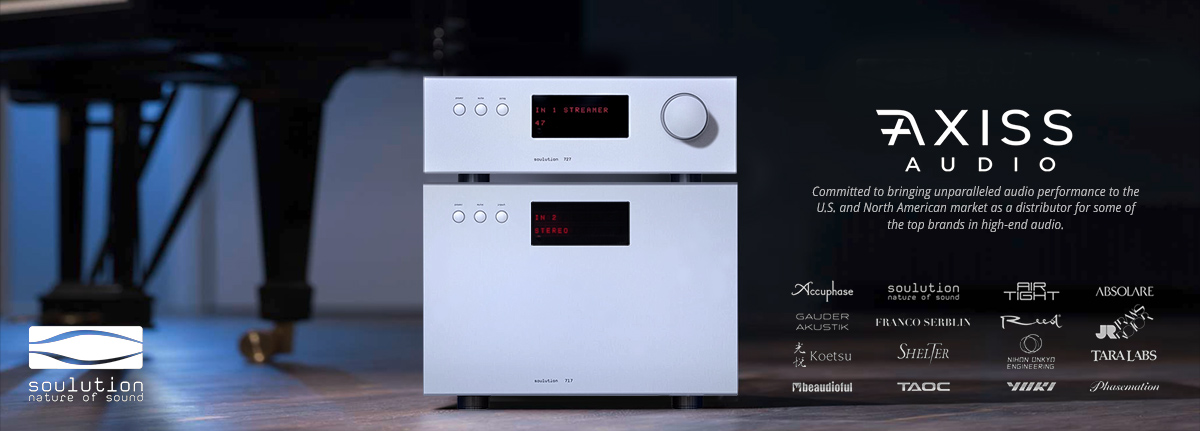Gary,
Just wearing blindfolds/having someone else do the switching for a few tests is not enough to determine with sounds best to you in real life. It determines which sounded better in this moment. Absence of knowledge is not enough to be sure you are making a valid test.
Every time I have asked for the full details and methodology that has been used to carry a blind test and the results analysis I never got an answer. Just vague suggestions to use friends. IMHO, it would be great if we could receive only black boxes without knowing what is manufacturer, specification or price. It would be the proper way to choose, with plenty of time. But it is not practical and no one does it.
The whole point of a blind test is to NOT have the methodology revealed until AFTER you make your choice and the test is completed. If you want to test for a month, that's fine. No one is rushing you. What makes it quicker and easier to decide what you like when you are listening with your ears? Could it be that you know what you are comparing costs $1000 or $100,000?
Anyone see chefs on TV take a taste test with a blindfold and headphones to block out sound? It's amazing how many of them fail miserably at picking out common foods and identifying them correctly. I personally believe that you need to live with and listen to components for awhile in order to make meaningful judgements with regards to which one is *best.* Unless of course that one device is so far superior to the other that it's laughable. I for one would not want to spend my money on buying a component strictly based on a six gun double blind shoot out. I truly think you need to live with a component for a period of time before you can make meaningful judgements of where it stands in your pecking order.
Again, take as much time as you like to decide. You mean if you didn't have any idea what you were listening to you might accidentally pick a common consumer piece over an expensive class A recommended piece on some occasion?
I don't have data to prove it, but I am sure "taste memory" is better than "auditory memory" so I wouldn't doubt that listeners would pick the "wrong" component sometimes.
So basically the stats are rigged from the beginning?
Not at all. In a valid, non-presumptive, unbiased test, you simply pick what sounds best to your ears. If you want to test it for a month, fine, but don't go peeking to see what's inside the black box. Just pick the black box that sounds best.
All branches of science strive for a double blind randomized or at least single blind randomized test in their experiments.
Selecting the "best" preamplifier can be done as in a medical clinical study, of which there are four main types: (1) Double blind randomized trial, (2) Single blind randomized trial, (3) Non-blind trial and (4) Non-randomized trial. For the sake of testing a preamplifier, an inanimate object, both the double blind and single blind tests should give the same results because the preamplifier, as best we can tell, doesn't know it is the subject of a test unless you think it has sentience, and the Non-blind and Non-randomized tests should give the same results because the listener can see the preamplifier being tested, so we are back to the "know what you are listening to" test where you know if it costs $1000 or $100,000 and the "guess what you are listening to" test. In each case you pick what sounds best and you can take as much time as you like to decide.
What part of the blind test isn't fair or reasonable?
















